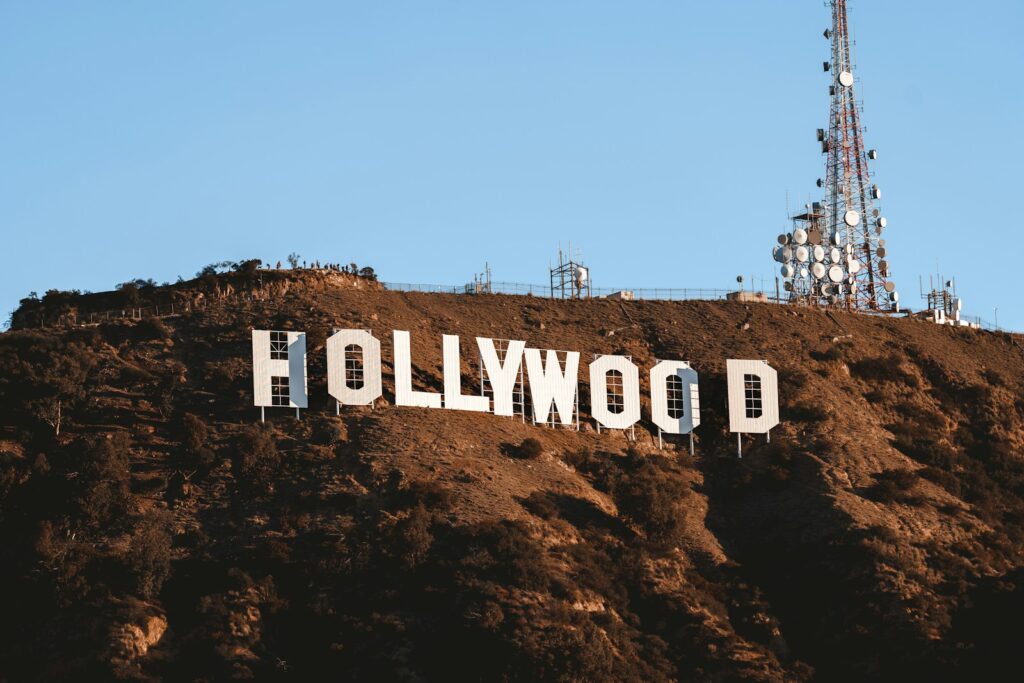
The creation of a film is a monumental undertaking, a complex tapestry woven by countless hands, from visionary directors and meticulous screenwriters to dedicated crew members and, of course, the magnetic stars who bring characters to life. Yet, for all the structured planning and polished scripts, the journey from page to screen is rarely linear. There are moments when the script, despite its initial promise, doesn’t quite resonate, or a character’s arc feels misaligned with the actor’s vision. It’s in these pivotal moments that some of Hollywood’s most powerful A-listers have chosen to step beyond their traditional roles, taking the pen themselves to reshape the narrative.
While the vast majority of actors dutifully deliver the lines penned for them, a select few possess the clout, experience, and sheer conviction to challenge the written word. These are the superstars who, upon receiving a script, discern areas for improvement, moments where a tweak or a complete overhaul could elevate the material, make a character more authentic, or even save an entire production from mediocrity. Such interventions, while sometimes sparking controversy or friction behind the scenes, often lead to some of cinema’s most memorable performances and iconic moments, proving that creative ownership can be a powerful force for good.
This article delves into the fascinating world where actors become screenwriters, where established narratives are boldly reimagined, and where the line between performer and creator blur. We’re pulling back the curtain on ten instances where A-list stars weren’t content to just say the lines; they rewrote them, they refined them, and in doing so, they left an indelible mark on their films, often profoundly impacting the stories their co-stars were also telling within those shared cinematic universes. Prepare to uncover the tales of these script-savvy stars who dared to challenge the status quo.

1. **Blake Lively & Ryan Reynolds**When Blake Lively took on the dual roles of star and producer for “It Ends With Us,” she wasn’t just bringing a beloved Colleen Hoover novel to the screen; she was also deeply involved in shaping the narrative’s finer points. It’s a testament to her dedication to the project that she sought out every opportunity to enhance the script, even bringing in a secret weapon to help polish a crucial scene: her husband, Ryan Reynolds. This revelation offers a fascinating glimpse into the collaborative dynamic within one of Hollywood’s most celebrated power couples.
Lively openly admitted that the film’s “iconic rooftop scene” was, in fact, penned by Reynolds after screenwriter Christy Hall had given it her initial pass. This wasn’t a case of a star unilaterally imposing changes, but rather a seamless creative partnership. Blake shared, “Nobody knows that but you now. We help each other. He works on everything I do; I work on everything he does. So his wins, his celebrations are mine and mine are his.” It highlights a supportive creative ecosystem where both actors lend their talents to each other’s projects, truly embodying the spirit of collaboration.
What’s particularly compelling is the original screenwriter Christy Hall’s reaction to these unexpected revisions. She expressed pride in her work and acknowledged the difficulty of adapting Hoover’s novel while honoring its essence. Hall stated to People, “There were a few little flourishes that I did not write, but I assumed that they had been improvised on set. But…the moments that I felt like needed to be honored are there. So I recognize the scene and I’m proud of the scene. And if those flourishes came from Ryan, I think that’s wonderful.” This demonstrates a gracious acceptance of the creative process, understanding that a script can evolve in unexpected ways on the path to the final product, especially when A-list talent is involved.
Read more about: Did You Know? The Mental Moves & Surprising Hobbies Keeping Ryan Reynolds Grounded and Genius
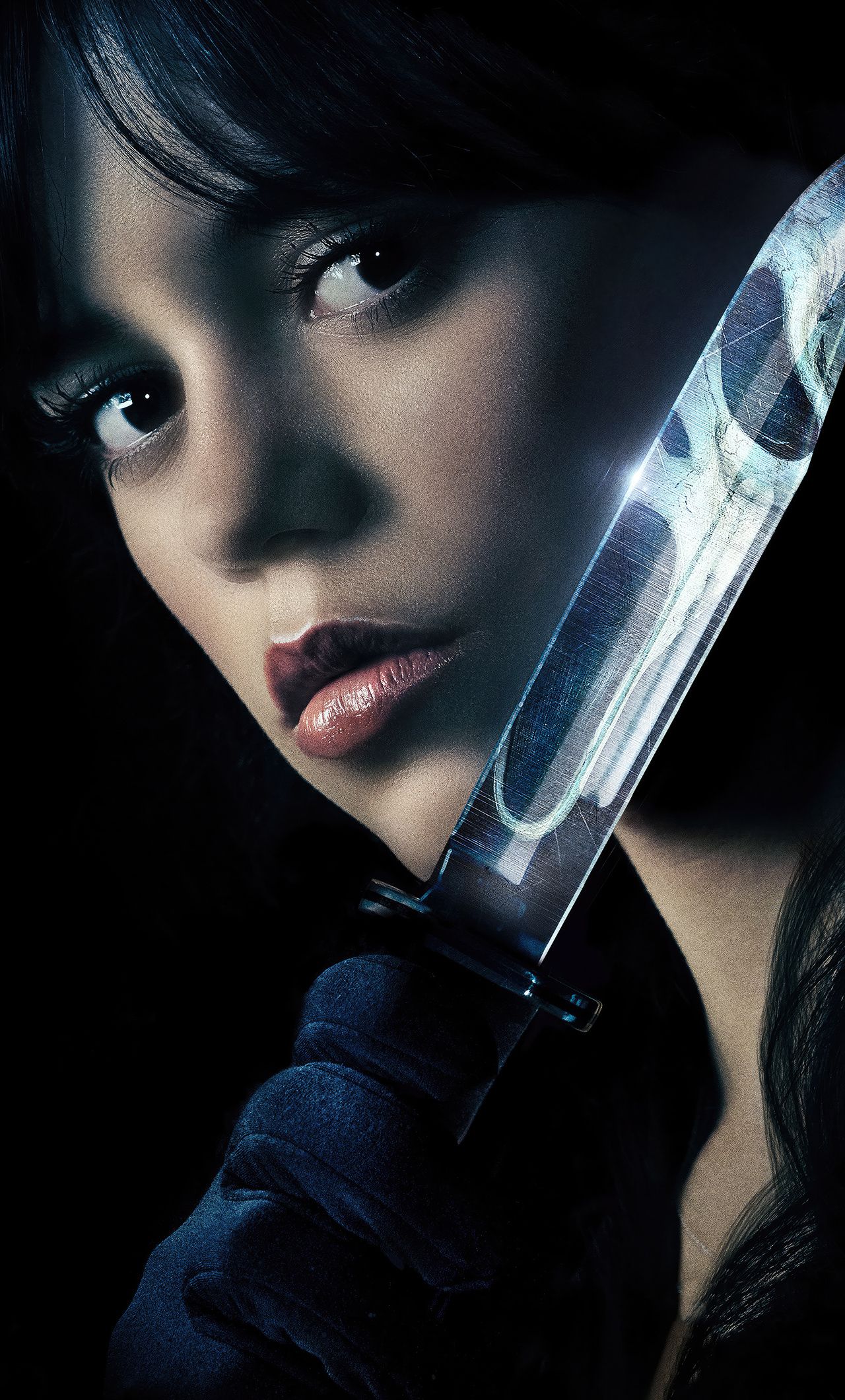
2. **Jenna Ortega**Jenna Ortega’s portrayal of the titular character in Tim Burton’s Netflix series “Wednesday” captivated audiences worldwide, but behind the scenes, her commitment to the role extended far beyond mere acting. Ortega became intensely protective of Wednesday Addams, so much so that she confessed to becoming “almost unprofessional” on set, frequently rewriting lines in her script without prior consultation with the series’ writers. Her passion stemmed from a deep understanding of the character she was bringing to life.
During an appearance on the “Armchair Expert” podcast, Ortega laid bare her concerns, explaining, “Everything that she does, everything that I had to play, did not make sense for her character at all. Her being in a love triangle? It made no sense.” She offered a specific example of a line that felt entirely out of character for Wednesday: a comment about a school dance dress where Wednesday was supposed to say, “‘Oh my god I love it. Ugh, I can’t believe I said that. I literally hate myself.’ I had to go, ‘No.’” This illustrates her fierce dedication to maintaining Wednesday’s cynical and distinct personality.
Ortega’s candid comments initially drew some backlash, with many viewing her actions as overstepping a boundary. However, she later clarified that she should have articulated her position differently, emphasizing her respect for the writers while still standing by her desire to preserve the integrity of her character. This incident sparked a wider conversation about actor autonomy versus writer authority, especially when an actor’s unique insight into a character can genuinely enhance the performance and the overall narrative for a fan-focused audience. It’s a delicate balance, but one that Ortega clearly felt compelled to strike for the sake of her portrayal.
Read more about: 20 Shag Haircuts to Level Up Your Layered Look
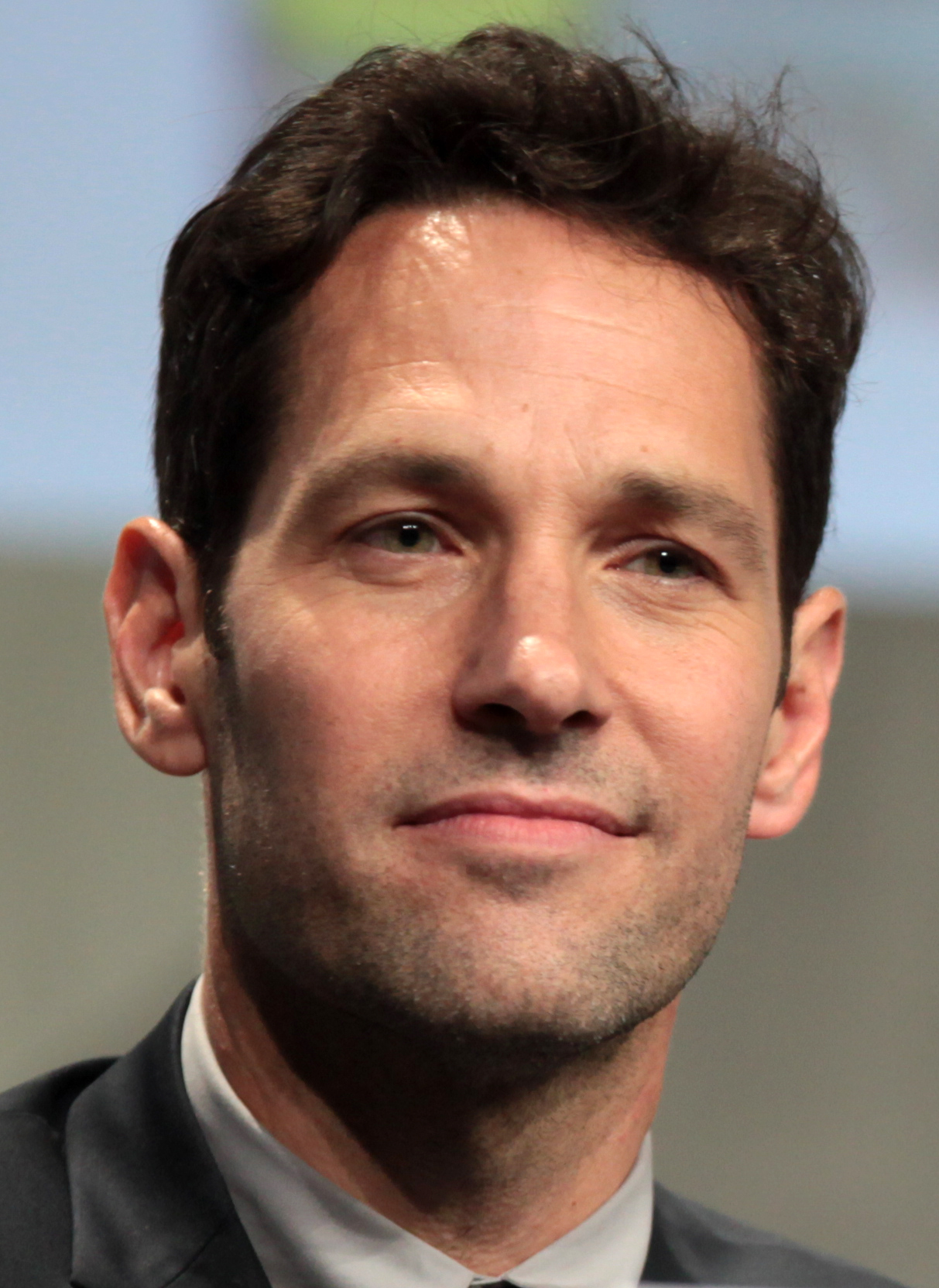
3. **Paul Rudd**Paul Rudd is widely known for his charming on-screen presence and comedic timing, but his talents extend impressively beyond acting, particularly when it comes to crafting compelling narratives. His involvement in shaping the “Ant-Man” script proved instrumental, especially after the project faced a significant setback with the departure of its original director and co-writer, Edgar Wright. This turn of events thrust Rudd into a more profound creative role than initially anticipated, showcasing his prowess as a writer.
Stepping into the breach, Rudd teamed up with acclaimed writer Adam McKay to completely overhaul the existing script. The two essentially “holed up in hotel rooms on the east and west coast” for an intensive period of “six to eight weeks,” as McKay recounted to Collider. This wasn’t merely a polish; it was a “giant rewrite of the script,” transforming the initial vision into what would become the beloved Marvel installment. McKay, a seasoned writer himself, was effusive in his praise for Rudd’s often-underestimated writing abilities.
McKay revealed, “I’ve always known Paul Rudd’s a really good writer from improvising with him on set, but I had no idea he was that good — he’s really great with dialogue.” This collaboration not only salvaged the “Ant-Man” project but also significantly enhanced it, building upon Wright’s strong foundation with “amazing stuff” and “enhanced some stuff.” Rudd’s ability to pivot from actor to co-writer, particularly in such a high-stakes Marvel production, underscores the invaluable creative contributions actors can make when given the opportunity, ultimately delivering a film that resonated with fans globally.
Read more about: The Hero’s Blueprint: Unveiling the Physical Dedication of the Marvel Cinematic Universe’s Elite
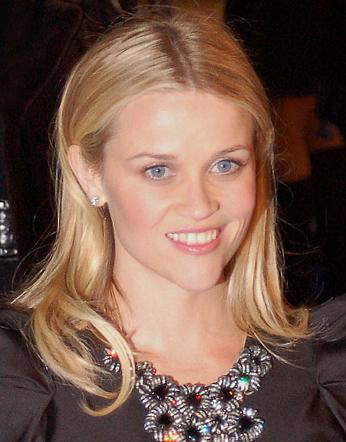
4. **Reese Witherspoon**Reese Witherspoon’s role as Annette Hargrove in “Cruel Intentions” stands as one of her most iconic and enduring performances, a pivotal moment early in her career. However, the character as originally conceived in the script didn’t quite align with Witherspoon’s vision for a strong, independent young woman. She recognized early on that Annette was being presented in a way that felt “too demure and too much of a woman influenced by a guy’s manipulations,” a portrayal she felt could undermine the character’s depth and agency.
Rather than simply accepting the script, Witherspoon bravely brought her concerns directly to writer and director Roger Kumble. This was a critical juncture, as an actor’s willingness to speak up can dramatically alter a film’s trajectory. Thankfully, Kumble was receptive to her input, and together, they embarked on a collaborative process to rework Annette’s dialogue, infusing the character with more resilience and less susceptibility to manipulation. This proactive approach by Witherspoon allowed Annette to evolve into a more nuanced and relatable figure, far from being a mere pawn in the schemes of others.
Roger Kumble himself later acknowledged Witherspoon’s invaluable contribution, telling Entertainment Weekly, “Annette was the character most removed from me. There’s no way the movie would have its success if it weren’t for [Reese’s] talent as a writer.” This glowing endorsement highlights not only Witherspoon’s acting prowess but also her often-unsung skill as a creative force behind the scenes. Her courage to advocate for her character profoundly impacted the film’s reception, solidifying “Cruel Intentions” as a cult classic and establishing Witherspoon as an actor with significant creative influence.
Read more about: Beyond the Bowler Hat: A Definitive Look at Diane Keaton’s 12 Greatest Films and Enduring Legacy

5. **Edward Norton**Edward Norton’s casting as Bruce Banner in “The Incredible Hulk” was met with considerable intrigue, particularly because of his reputation for intellectual intensity and creative control. Indeed, Norton reportedly accepted the role with a significant caveat: he would be permitted to rewrite Zak Penn’s screenplay. This agreement set the stage for a dramatic behind-the-scenes struggle over creative vision, a conflict that ultimately saw most of Norton’s extensive revisions never making it into the final cut of the movie, leading to a notable falling out.
Norton threw himself into the rewriting process, making numerous changes he believed would enhance the character and the narrative. However, the collaboration between Norton and Penn proved to be deeply fractured, largely due to their inability to reconcile their differing approaches. Penn later spoke candidly to Entertainment Weekly about the difficulties, stating, “I don’t really know the guy, he has his own process and he chose to do it the way he wanted to do it.” This quote underscores the chasm that developed between the original screenwriter and the star.
The frustration culminated when Norton publicly claimed he had written the script at Comic-Con, a move that clearly irked Penn. Penn elaborated on the unique and “unusual” working dynamic, or lack thereof, explaining, “it wasn’t a situation where I was banging on the door saying, ‘Let me come to the set.’ But that was disappointing, I won’t deny it. I wasn’t happy with him coming to Comic-Con saying that he wrote the script.” This particular episode serves as a powerful reminder that while actor-driven script changes can be beneficial, they can also lead to significant friction and unfulfilled visions when creative minds clash, especially in the tightly controlled world of a major studio franchise.
Read more about: The Untouchable Narratives: Why Hollywood Directors Are Obsessed with ‘Unfilmable’ Books and the Masterpieces Born from the Challenge

6. **Tom Cruise**Tom Cruise, a name synonymous with meticulous attention to detail and unparalleled control over his projects, reportedly brought this same intensity to the set of ‘The Mummy.’ While a major star’s input is often expected, Cruise allegedly took creative oversight to another level, seeking a significant overhaul of the script after his initial casting. His vision for the film extended far beyond merely delivering lines, signifying a deeper commitment to the narrative’s direction.
To realize his vision for ‘The Mummy,’ Cruise reportedly hired two outside writers, using his considerable influence to sculpt the screenplay to his liking. These revisions, according to insiders, were designed to give his character, Nick Morton, more screen time and a dramatically enhanced arc. The supervising art director, Frank Walsh, candidly described the film as “very much a film of two halves: before Tom and after Tom,” a powerful testament to the extent of Cruise’s influence on the production.
Walsh, despite acknowledging the profound changes, also offered an intriguing perspective on working with the superstar. He noted, “I have heard the stories about how he drives everything and pushes and pushes, but it was amazing to work with him. The guy is a great filmmaker and knows his craft. He will walk on to a set and tell the director what to do, say, ‘That’s not the right lens,’ ask about the sets, and as long as you don’t fluff what you’re saying to him…he’s easy to work for.” This reveals a star who, while demanding, clearly understands the intricate mechanics of filmmaking.
Cruise’s intervention in ‘The Mummy’ underscores the unique position some A-listers hold in Hollywood. Their star power allows them not only to dictate significant creative changes but also to be instrumental in shaping the very fabric of a film. This kind of hands-on approach, even if controversial, undoubtedly leaves an indelible mark on the final product, steering it firmly in the direction of the actor’s creative will.
Read more about: Buyer Beware: 7 Hatchbacks That Won’t Make it to 10 Years Without Constant Corrosion
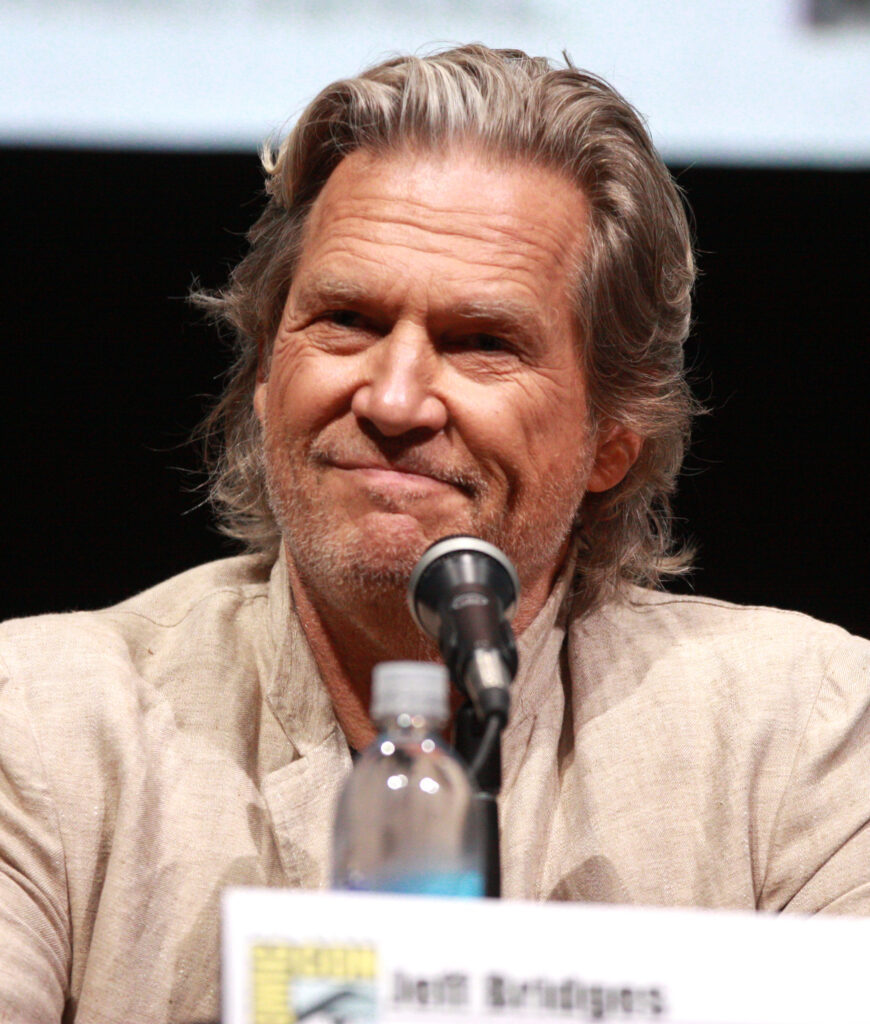
7. **Jeff Bridges & Robert Downey Jr.**When Jeff Bridges and Robert Downey Jr. were cast in Marvel’s inaugural ‘Iron Man,’ it was heralded as a casting coup, bringing together two titans of acting. However, as pre-production commenced and initial rehearsals began, it quickly became apparent to the principal players – Bridges, Downey, and director Jon Favreau – that the existing script was simply not up to the standard required for what was envisioned to be a groundbreaking superhero film. The foundation, while promising, needed significant reinforcement.
Rather than pushing forward with an unpolished script, the trio made a bold decision. They embarked on an intensive two-week period of rewriting, essentially overhauling the screenplay from the ground up. This collective effort highlighted a shared commitment to crafting a compelling narrative. Yet, even after this rigorous period, the process was far from over; Bridges recalled receiving a call from “the Marvel guy” the day before shooting, indicating that not everything was “right” yet, adding another layer of pressure.
This led to a production environment that can only be described as creatively chaotic. Bridges described how they “would muster in my trailer and rehearse while the guys were in the studio tapping their foot, saying, ‘When are they going to come?’ We were still trying to figure out the [scenes] we were going to shoot.” This paints a vivid picture of actors and director literally working out dialogue and scene structure moments before the cameras rolled, a testament to their dedication to artistic improvisation and problem-solving under extreme duress.
The improvisational and collaborative spirit between Bridges, Downey Jr., and Favreau ultimately proved to be a stroke of genius. It allowed for organic character development and punchy, memorable dialogue that helped define the Marvel Cinematic Universe’s tone from its very inception. Their willingness to challenge the script and sculpt it in real-time undeniably contributed to ‘Iron Man’s’ critical and commercial success, proving that sometimes, the best scripts are born out of on-set ingenuity and a collective desire for excellence.
Read more about: Mind Blown! 14 Male Celebs Who Are Totally Unrecognizable Without Their Iconic Looks
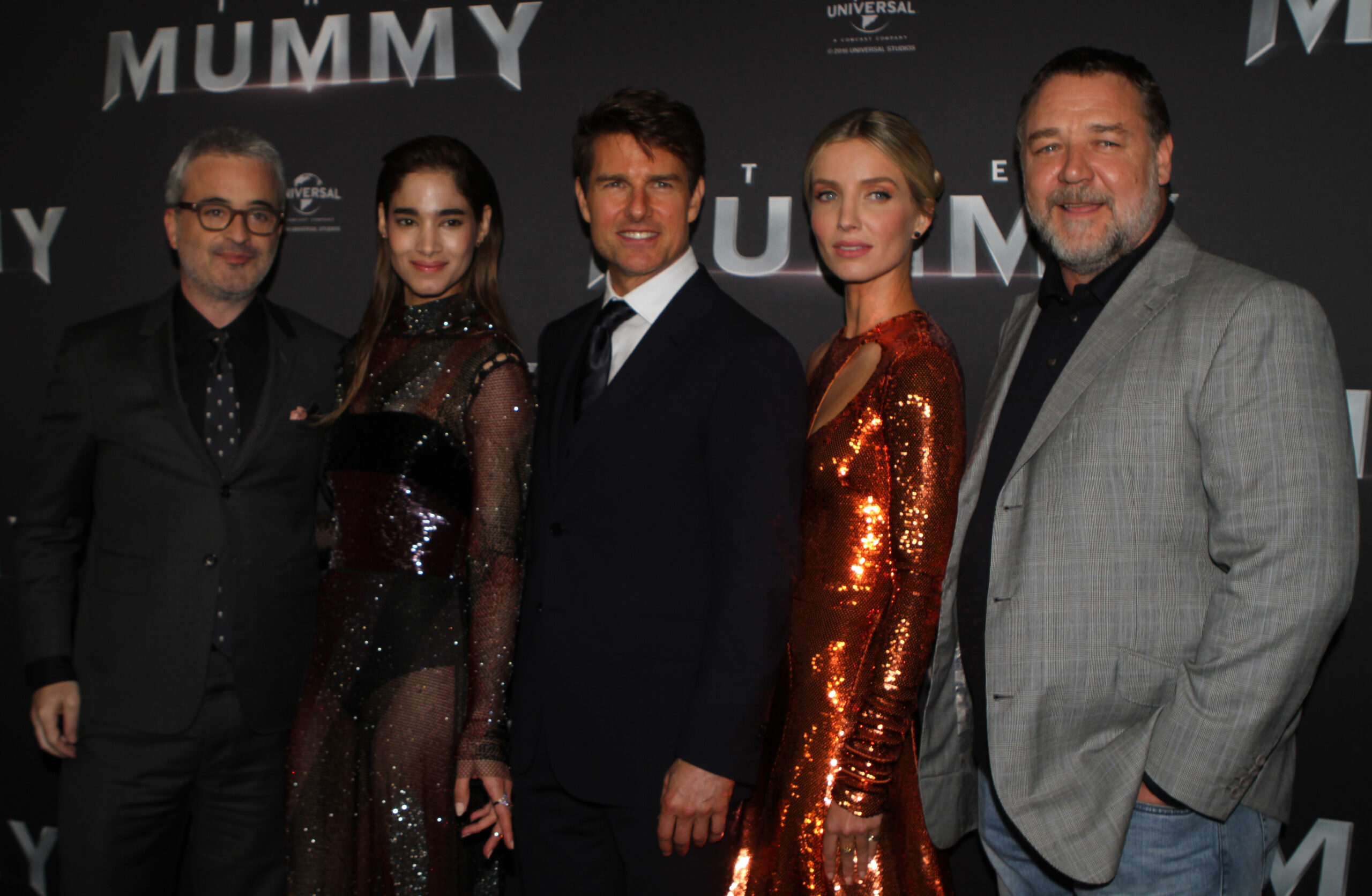
8. **Russell Crowe**’Gladiator’ is widely regarded as a modern epic, a towering achievement in historical cinema. Yet, it’s astonishing to learn that when Russell Crowe first signed on to star in the film, the script was in an alarmingly nascent stage. Crowe himself revealed the shocking reality: the script only consisted of a mere 21 pages upon his involvement, a stark contrast to the typical 110 pages expected for a feature film. This presented a monumental creative challenge, bordering on an impossible task.
Faced with a skeletal narrative, Crowe didn’t just passively await a fully developed script; he plunged directly into the writing process alongside acclaimed director Ridley Scott. The actor recounted the unconventional efforts to flesh out the story, stating, “It’s me and Ridley working together, but it’s also — you know, it’s the dumbest possible way to make a film…We didn’t know what we were going to shoot, so we had to go back to my house — you know, me, him, and David Franzoni, one of the producers who was also the original writer — and try and work it out.”
This behind-the-scenes glimpse highlights the raw, seat-of-your-pants filmmaking that often goes unnoticed in the polished final product. The image of the lead actor, the visionary director, and the original writer holed up at Crowe’s home, scrambling to construct a narrative, speaks volumes about their collective determination. Despite Crowe’s humorous self-assessment of the process as “the dumbest possible way,” their extraordinary collaboration ultimately forged a compelling story that would captivate audiences and garner critical acclaim.
Crowe’s pivotal role in shaping ‘Gladiator’ goes far beyond his powerful on-screen performance. His proactive engagement in the script’s creation, from its meager 21 pages to a grand cinematic narrative, underscores the profound impact a dedicated star can have. It stands as a testament to how sheer will, combined with immense talent, can transform an underdeveloped concept into an iconic piece of cinematic history, elevating a film that could have otherwise crumbled under its own structural deficiencies.
Read more about: Unpacking the Versatile Legacy of Common: A Multi-Talented Icon’s Journey Through Hip-Hop, Hollywood, and Activism
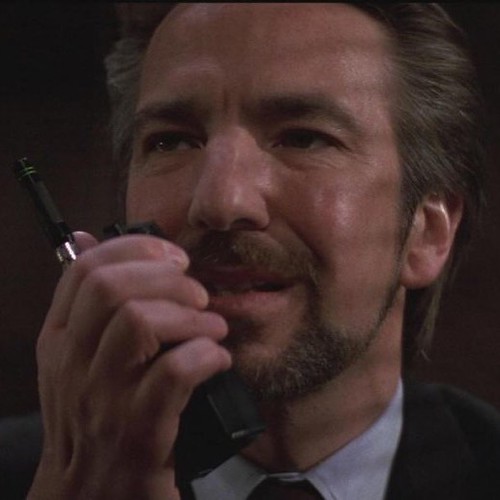
9. **Alan Rickman**Alan Rickman, revered for his commanding presence and distinctive voice, was not one to shy away from expressing his creative dissatisfaction. When he was cast in ‘Robin Hood: Prince of Thieves,’ he found the initial script far from satisfactory. Rather than simply enduring material he felt was subpar, Rickman made the bold decision to take the screenplay into his own hands, determined to elevate his character and the overall quality of the film.
To assist in this significant undertaking, Rickman enlisted the help of two trusted friends and talented writers, Ruby Wax and Peter Barnes. His objective was clear: he needed “some good lines” to make his portrayal truly shine. This informal yet highly effective collaboration allowed him to infuse his unique wit and theatrical flair into the character of the Sheriff of Nottingham, turning a potentially flat villain into one of cinema’s most memorable antagonists.
Rickman famously recounted one particularly unconventional rewrite session, revealing a charmingly messy anecdote. He told The Times, “I said, ‘Will you have a look at this script because it’s terrible, and I need some good lines.’ So he did, and, you know, with kind of pizza and bacon and egg going all over the script.” This image of a legendary actor and writer huddled in a Pizza Express, surrounded by food-stained pages, perfectly encapsulates the ad-hoc, passionate nature of their creative process.
Rickman’s audacious intervention and his pursuit of superior dialogue undoubtedly enriched ‘Robin Hood: Prince of Thieves.’ His contributions transformed the Sheriff of Nottingham into a character who transcended the film’s initial narrative shortcomings, proving that an actor’s unwavering commitment to their craft can be a powerful force for improvement. It showcases how sometimes, the most inspired script revisions emerge from unexpected places and through unconventional means, leading to performances that resonate for decades.
Read more about: Rewind & Relive: 15 Iconic Movies So Good, You’ll Seriously Wish for a Time Machine to Watch Them Again!
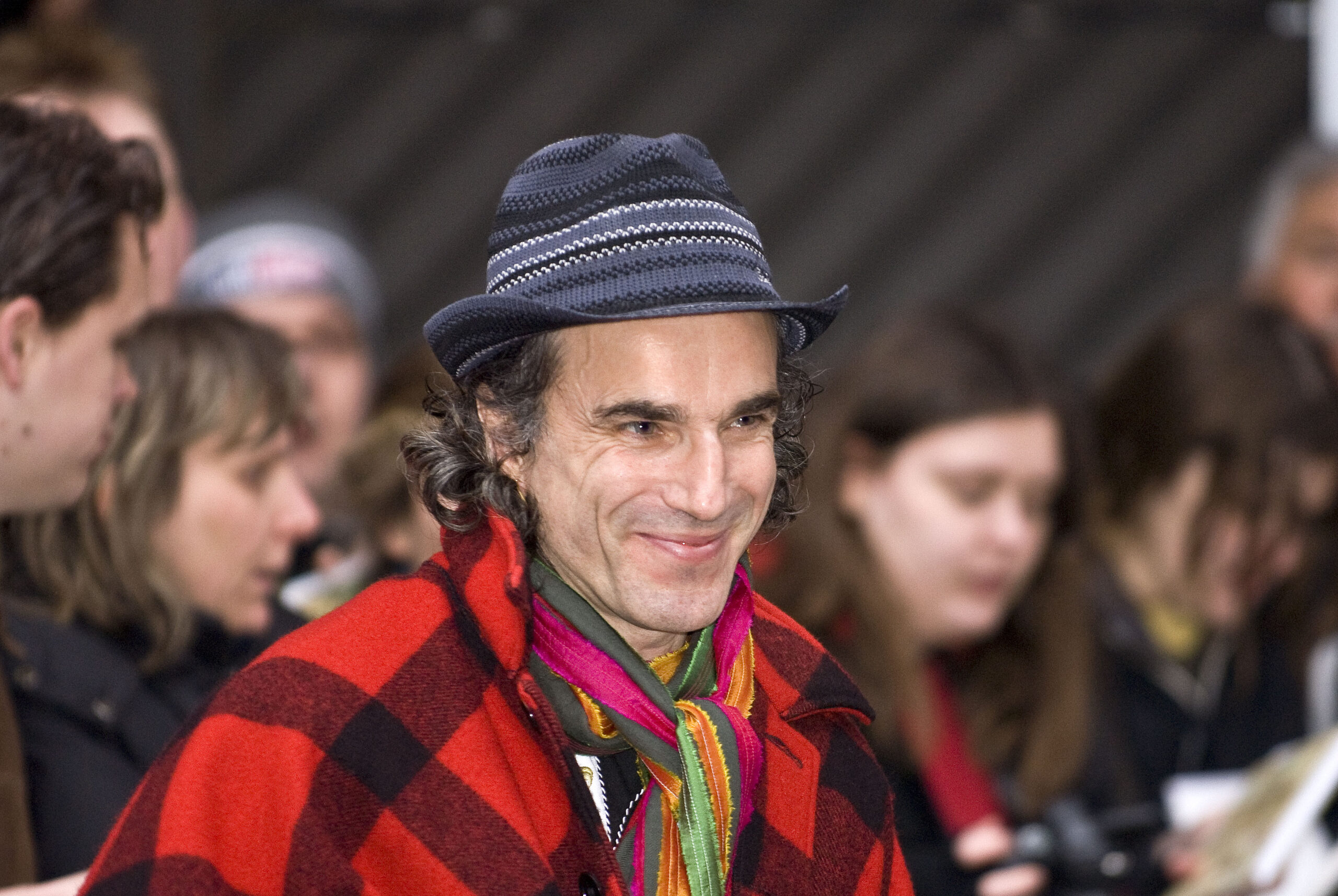
10. **Daniel Day-Lewis**Daniel Day-Lewis, celebrated for his immersive method acting, approached ‘Phantom Thread’ with a collaboration so unique it redefined the traditional actor-writer dynamic. Instead of presenting a finished screenplay, director Paul Thomas Anderson deliberately chose to involve Day-Lewis from the earliest stages of writing, crafting a narrative that would organically evolve with the actor’s input. This forward-thinking approach allowed for a deeply symbiotic creative process, rather than a top-down mandate.
Anderson’s innovative strategy was to provide Day-Lewis with portions of the script as they were being written, ensuring that the actor’s insights and interpretations could directly influence the story and character development. The director explained his rationale to Entertainment Weekly: “I’d give him things as I was writing. Rather than go away and write a script and try to impress him, I was collaborating with him each step of the way as I was going, which was very helpful in terms of forming the story and the character.”
This collaborative ethos ensured that Day-Lewis wasn’t merely performing a role but actively co-creating it, deeply internalizing the character of Reynolds Woodcock with every page. It fostered an environment where the actor’s profound understanding of human psychology and his meticulous attention to detail could directly shape the narrative’s intricacies, leading to a performance that felt extraordinarily authentic and deeply nuanced.
The partnership between Paul Thomas Anderson and Daniel Day-Lewis stands as a rare and inspiring example of creative harmony in Hollywood. Unlike some of the more contentious script battles, this was a pre-meditated, respectful collaboration that elevated ‘Phantom Thread’ to a cinematic masterpiece. It highlights how, when an actor’s influence is invited and integrated with such care, it can lead to unparalleled storytelling and unforgettable characters, proving the immense value of a truly unified artistic vision.
Read more about: Totally Twisted, 14 Movies Where The Main Character Is Pure Evil (And We Still Root For Them)
These remarkable stories from Hollywood’s trenches underscore a crucial truth about filmmaking: the script, while foundational, is rarely the final word. From contentious rewrites born of sheer conviction to harmonious collaborations that redefine storytelling, A-list actors have consistently proven their capacity to profoundly shape the cinematic landscape. Their audacious interventions, whether sparking friction or fostering synergy, leave an indelible mark on their films, creating iconic moments and characters that resonate with audiences long after the credits roll. It’s a powerful reminder that creative ownership, in its many forms, is an undeniable force in bringing unforgettable stories to life on screen.




